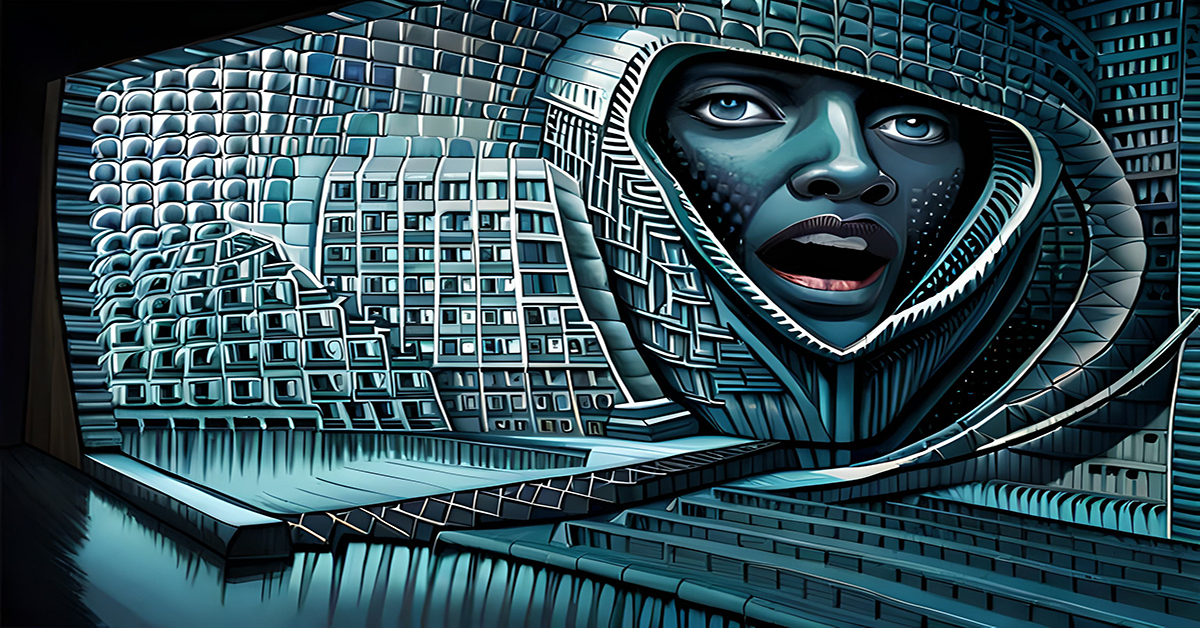Intro:
In a world driven by technological marvels, one term that has been making waves is “blockchain.” You might have heard it in conversations about cryptocurrencies like Bitcoin, but what exactly is blockchain, and why is it causing such a stir? Fear not, for in this guide, we’re going to demystify blockchain in the simplest terms possible, so everyone, regardless of their tech-savviness, can grasp the essence of this revolutionary technology.
1. The Building Blocks: What is Blockchain?
– Imagine a digital ledger, or a record book, where transactions are recorded in a way that is permanent, transparent, and tamper-proof. This ledger is shared across a network of computers, making it highly secure.
2. No Middlemen, No Hassles
– Traditional transactions often involve intermediaries like banks or payment processors. Blockchain, however, allows individuals to transact directly with one another, cutting out the need for middlemen and reducing associated fees.
3. The Chain of Trust
– The name “blockchain” comes from how data is structured. Transactions are grouped together in blocks and linked in a chronological chain. Once a block is added, it cannot be altered, creating an unbreakable chain of trust.
4. Cryptocurrencies: A Real-world Application
– Perhaps the most well-known application of blockchain is in cryptocurrencies like Bitcoin. Blockchain technology enables secure, decentralized digital currencies, giving individuals control over their own money.
5. Beyond Bitcoin: Diverse Applications
– While cryptocurrencies grab the headlines, blockchain’s potential extends far beyond finance. It is being explored for supply chain management, voting systems, smart contracts, and even in healthcare for securely managing patient data.
6. Security in Numbers: Decentralization
– Traditional databases are centralized, meaning they are stored in one location and managed by a single entity. Blockchain, however, is decentralized, meaning data is spread across a network of computers, making it extremely resistant to hacking or fraud.
7. Smart Contracts: Self-executing Agreements
– Smart contracts are digital agreements that automatically execute and enforce the terms when conditions are met. They run on the blockchain, ensuring trust and eliminating the need for intermediaries.
8. Challenges and Considerations
– While blockchain holds immense promise, it’s not without its challenges. Issues like scalability, energy consumption, and regulatory concerns are being actively addressed by the community.
9. The Future: Where is Blockchain Headed?
– As blockchain technology continues to evolve, we can expect to see it integrated into more aspects of our daily lives, from how we manage our identities to how we conduct business globally.
Conclusion:
Blockchain is not just a buzzword; it’s a transformative force that has the potential to revolutionize the way we conduct transactions, manage data, and build trust in a digital world. By understanding the basics in layman’s terms, we can all be part of the conversation, appreciating the impact this technology will have on our future. So, here’s to demystifying the blockchain revolution, one simple explanation at a time!



